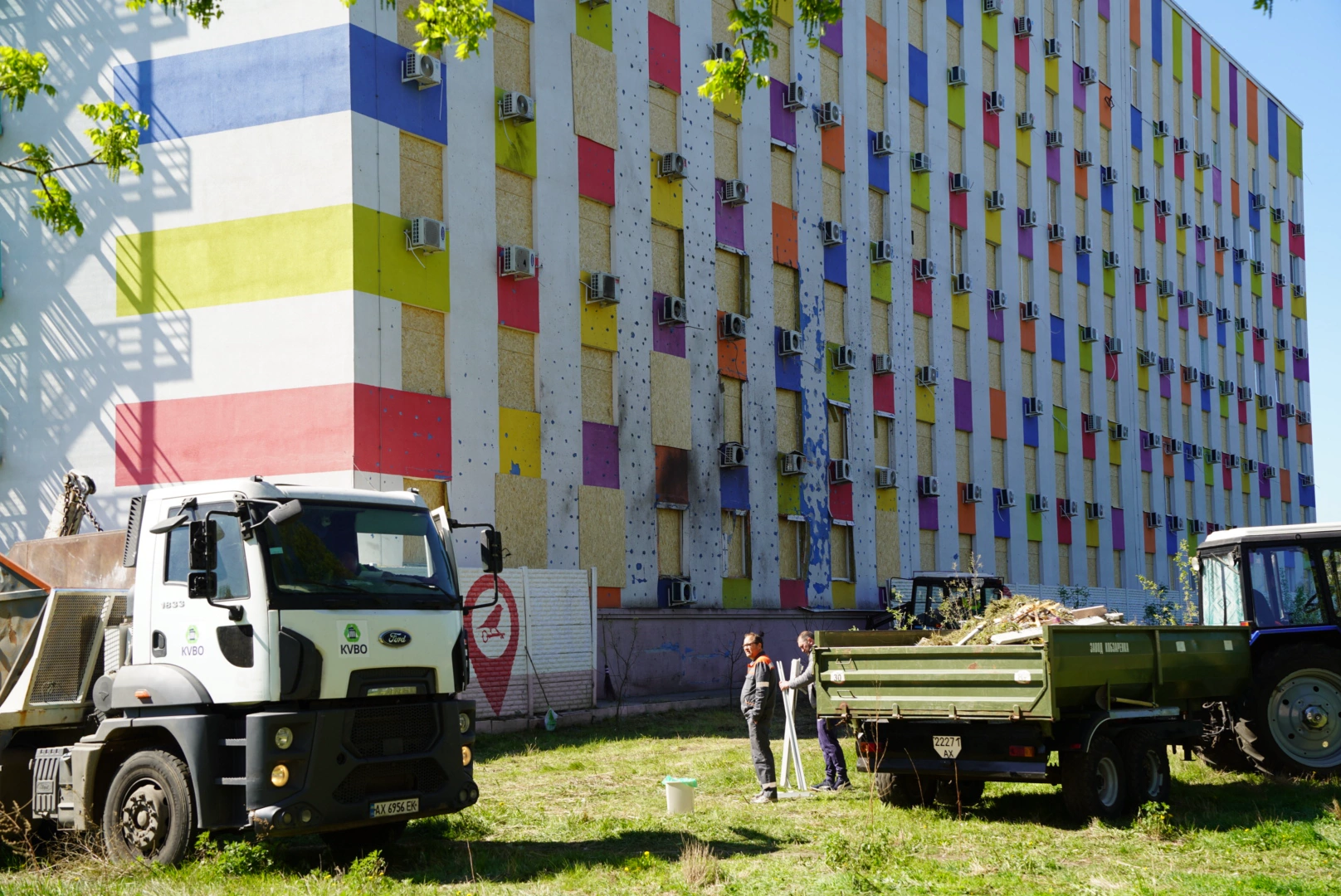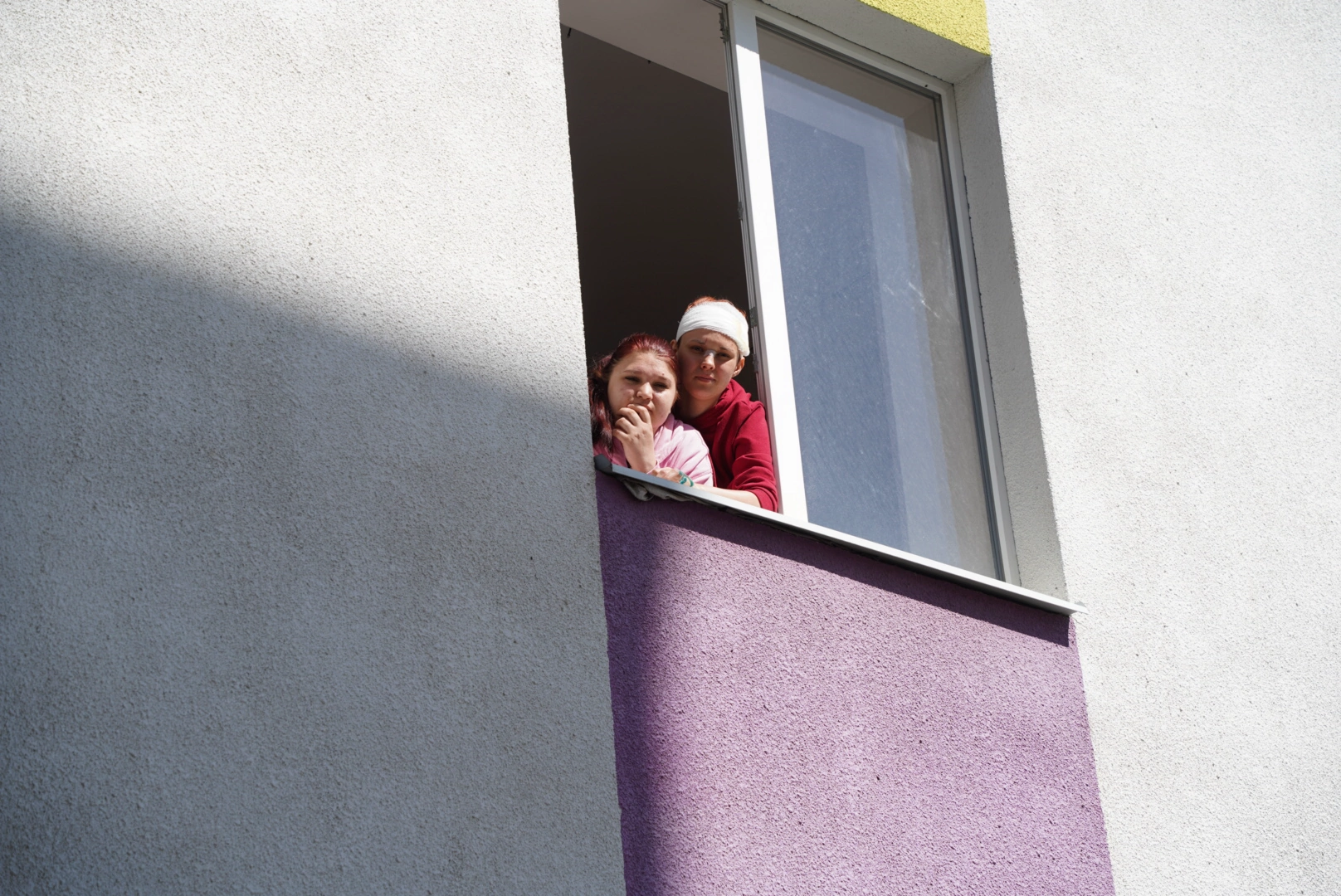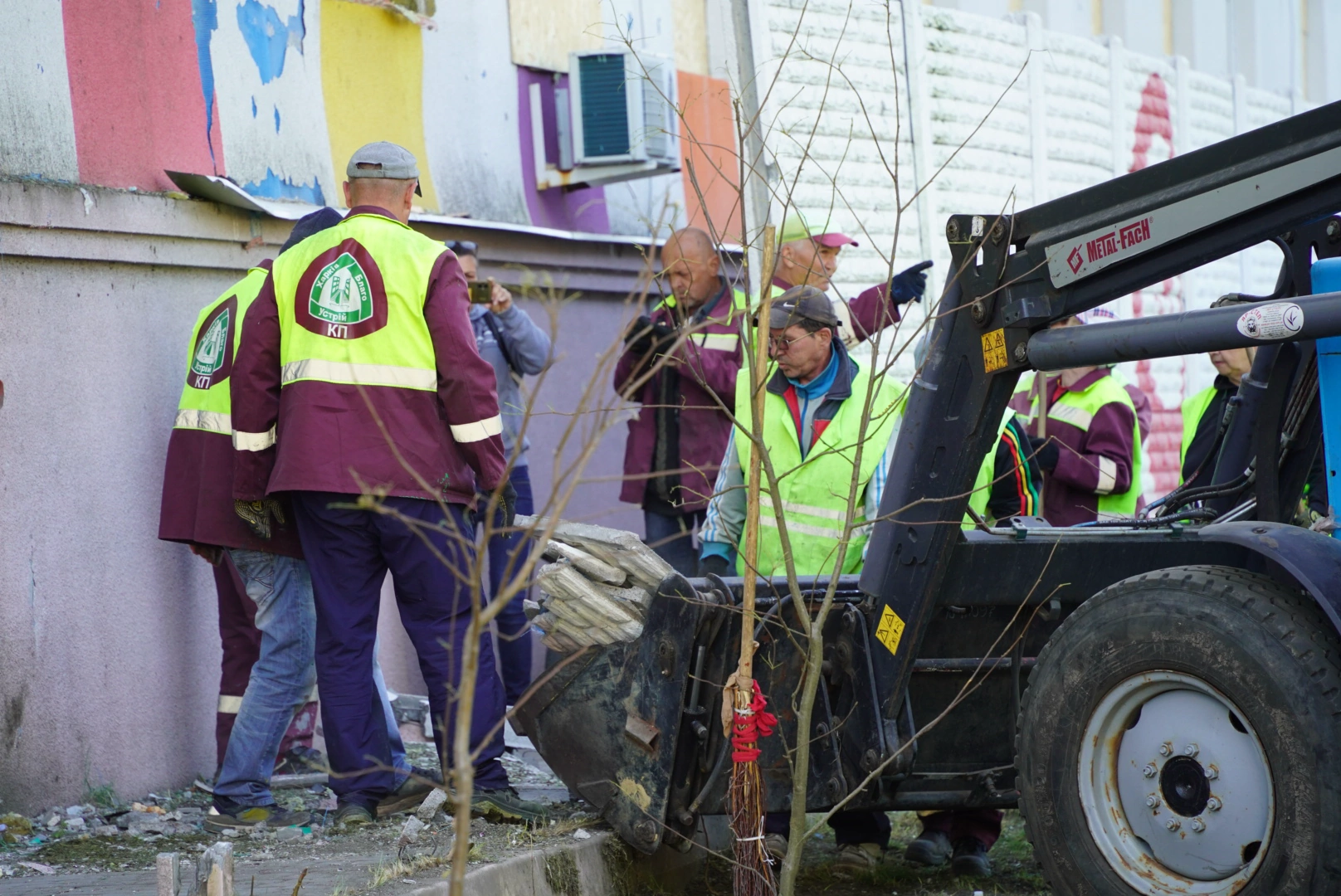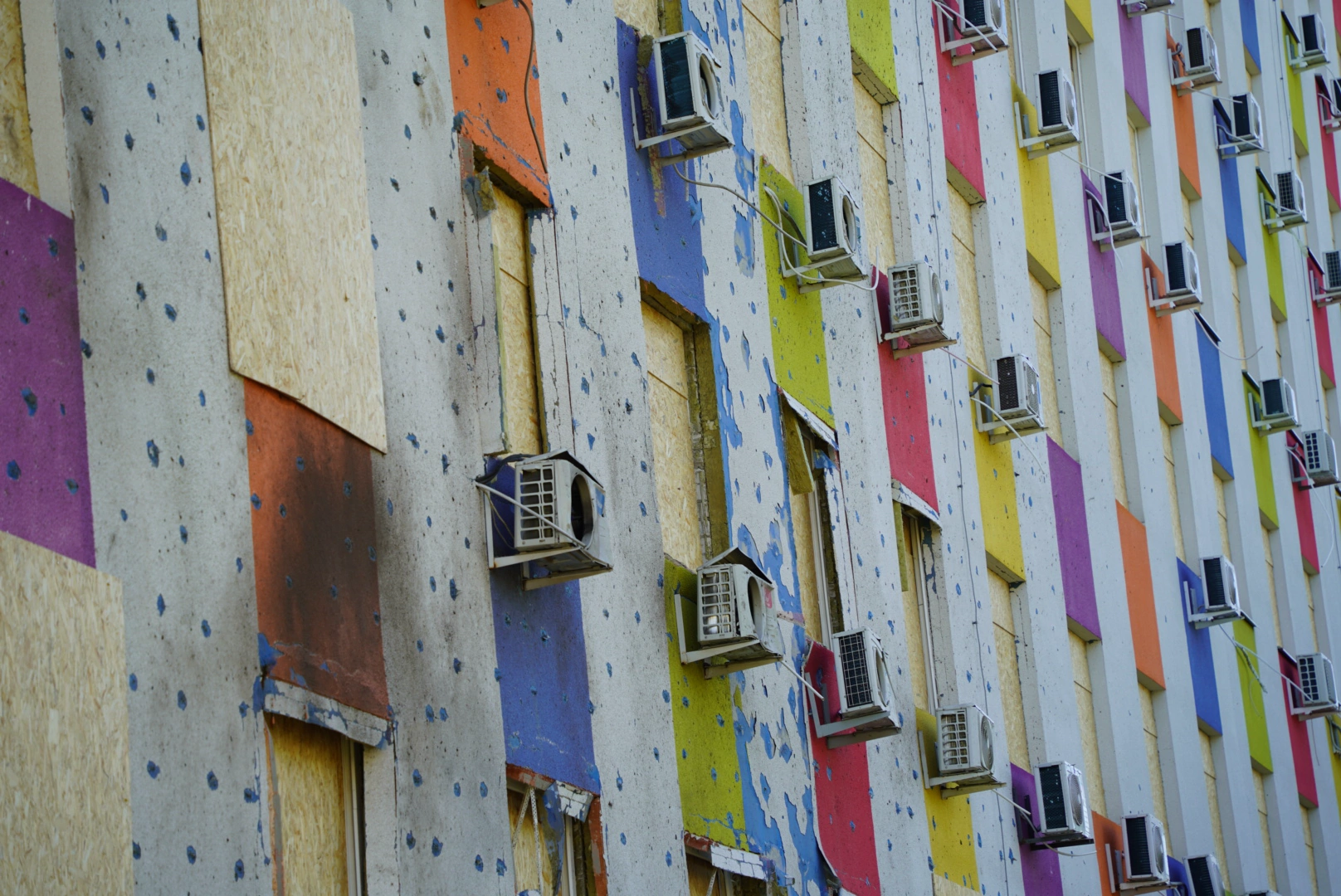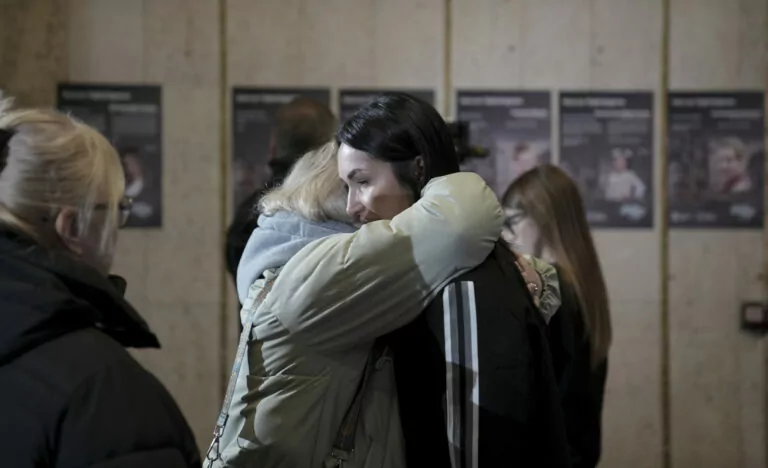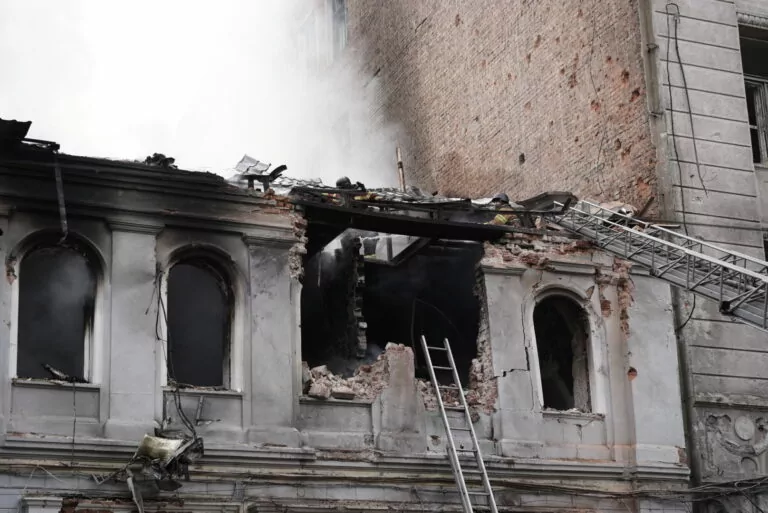UKRAINE, KHARKIV, May 5 — “First, we heard Shahed drones flying around and falling on the city — as usual. Then, there was one flying, very loudly, like it was flying right at us — the sound stopped, and a loud explosion followed. Our windows got broken, and the glass shard was blown off right into my face,” says Pavlo, one of the Kharkiv locals living in the apartment building that got damaged during the Russian drone attack on the evening of May 2.
Pavlo believes he got off easily — “my face is injured, and that’s all.” After recovering from the shock, he went out to help the neighbors trapped in their flat in the aftermath of the explosion.
Russian Friday attack on Kharkiv injured over 47 people, including an 11-year-old girl, according to the Kharkiv regional police (local authorities’ updated data say it’s 51 people, with another 16-year-old girl injured). Ten injured have been hospitalized.
Overall, Russian troops attacked at about 9:40 p.m. and targeted four districts of Kharkiv, with most of the casualties concentrated in the Saltivskyi district, where one of 16 drones hit several feet away from the high-rise residential building.
Gwara Media journalists went to the impact site on May 3 to talk to survivors and document the consequences of the evening attack.
Viktor, who also lives in a damaged apartment building in the Saltivskyi district, recalls the first few minutes after the Russian drone hit. “Explosion… You’re coming to yourself, you look for relatives, your daughter, your cat, then think where to run — there was screaming everywhere.”
After getting himself together and dressing up, Viktor broke the door to one of the “stuck” flats, “saving the boy who was bleeding out.”
“It’s a horror, in one word. You can’t care about the windows, the flat, the main thing is that everyone’s alive.”
Ihor Terekhov, the mayor of Kharkiv, said on May 5 that, over the last week, Russians launched 36 air attacks on Kharkiv, all with kamikaze drones of Shahed or Molniya types.
“Aggressor’s priority is houses, hospitals, schools, infrastructure — everything that forms the city’s everyday stability,” Terekhov wrote. “It’s a planned intimidation tactic aimed to hold the city under constant pressure.”
The attacks on Kharkiv — as well as the rest of Ukraine — come in the aftermath of Russia announcing a “humanitarian truce” to hold Victory Day starting on May 8 to May 11.
On May 9, Russia celebrates the Soviet Union’s role in defeating Germany in World War II—usually with big parades on Moscow’s Red Square.
This “humanitarian truce” follows Putin’s Easter ceasefire, which Russian troops violated multiple times across the frontline in Ukraine.
President of Ukraine Volodymyr Zelenskyy dismissed this idea of a “truce,” saying, “for some reason, everyone is supposed to wait until May 8 before ceasing fire – just to provide Putin with silence for his parade.”
He added that the ceasefire should not be “just for a few days, only to return to killing afterward,” offering Russia an “immediate, full, and unconditional ceasefire” for at least 30 days starting from April 28.
According to reports by Kharkiv Oblast’s authorities, just over the first five days of May, Russian attacks across the region — with drones, guided aerial bombs, and other weaponry — killed three people and injured at least 72, including children.
On the ground, in the aftermath of a Russian attack that injured almost 50 people, Natalia, who “got lucky” by not being at home when Russian drones struck (now, her flat has neither intact windows nor doors), says to Gwara journalists:
“I was displaced from Donbas in 2014… That’s how they intimidate us. I don’t have words.”
Cover photo: Municipal workers the morning after Russian drone attack on Kharkiv’s Saltivskyi district on May 2, 2025 / Anna Veklych, Gwara Media
Hi! Thanks for following what’s going on in Kharkiv. Please, consider also supporting our Kharkiv-based newsroom on BMC and/or Patreon.
Read more
- Opinion: Trump’s 100-day failure on Russia’s war in Ukraine
- Kremlin propaganda finds voice in Europe’s alternative media. Ukraine shares experience in how to counter it
